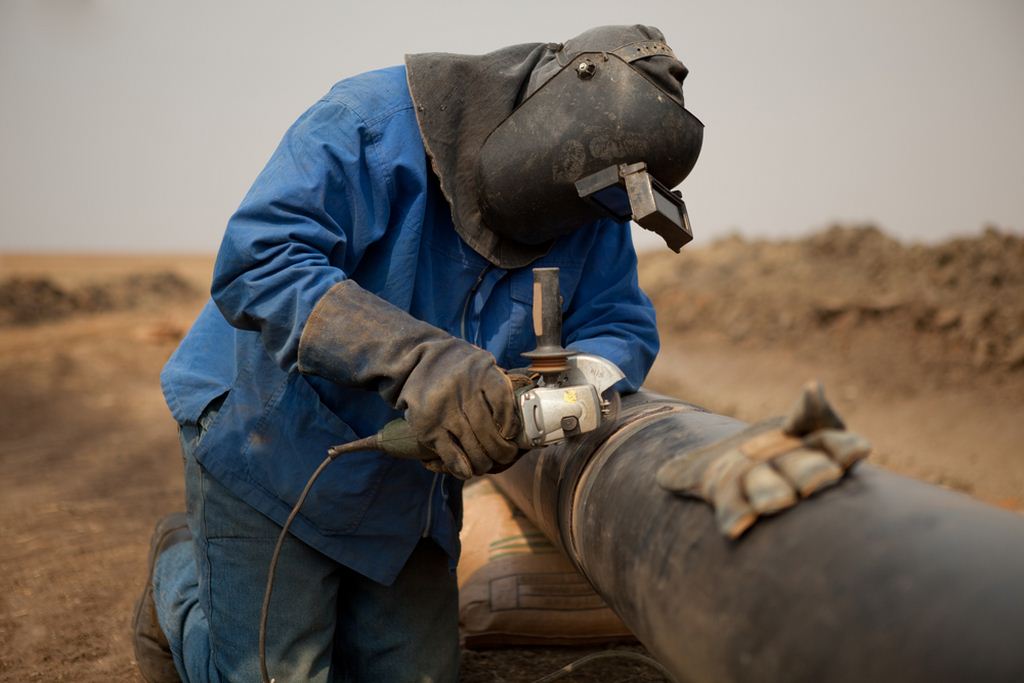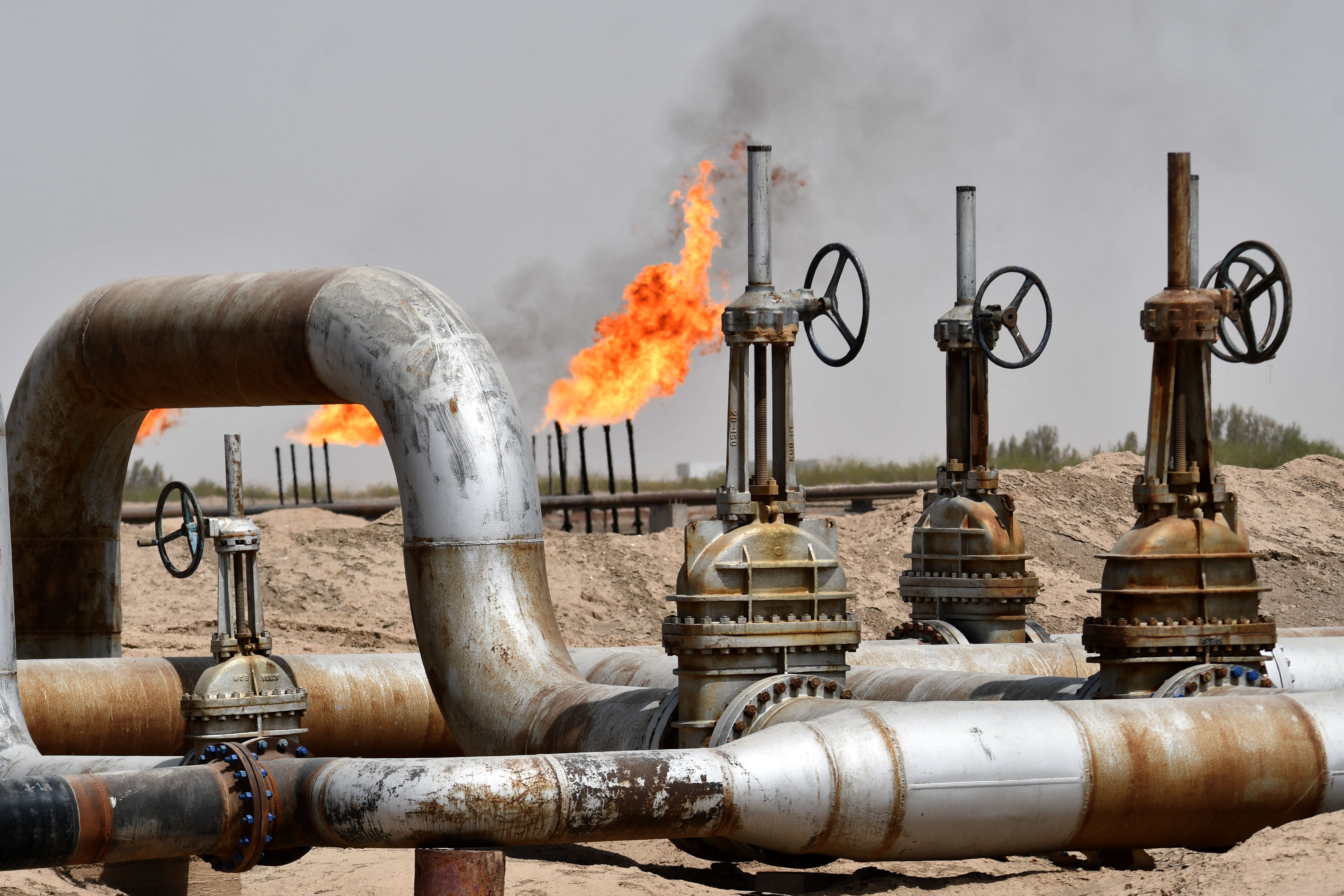Energy
Friday, July 29th, 2022 11:35 am EDT
Just a few months ago, the USPS affirmed that all but a few of its 165,000 new delivery trucks would run on gas, sparking an outcry among fans of electric vehicles. Now the tables have turned, thanks in part to a $3 billion set-aside for an EV shopping spree in the new climate bill — if the legislation manages to squeak through Congress, that is.
Moving The Goalposts On Electric Vehicles
To be clear, a delivery truck makeover of one kind or another is long overdue for the Postal Service. The current fleet was purchased a really long time ago on the theory that government-owned delivery vehicles should last a really long time.
As a result, tens of thousands of Postal Service drivers are wrestling with noisy, polluting, uncomfortable, outdated — and reportedly unsafe — delivery vehicles, on top of battling snow, rain, heat, and gloom of night in the course of their daily rounds. The relationship has lasted so long that a gift of silver would be in order, if not pearls.
Based on the idea that a quick changeover is imperative before somebody gets hurt, last year Postmaster General Louis DeJoy awarded a $6 billion contract for the new, so-named “Next Generation Delivery Vehicles” to the well known defense contractor Oshkosh Defense. The contract stipulated that just 10% of the new vehicles would be electric vehicles.
Among other issues, critics charged that Oshkosh lacks experience with electric vehicles, though that was not accurate. The firm does have a background in zero emission mobility, including fire trucks and other purpose-built vehicles. Oshkosh also engineered the new delivery vehicle to accommodate electric drive if the Postal Service chose to go in that direction, whether as a new build or a retrofit.
From 10% Electric Vehicles To At Least 50%
It looks like all that charging by the critics paid off. The pushback against the contract was loud, strong and sustained, including a lawsuit filed by 16 state attorneys general over problems with the environmental impact analysis submitted by the Postal Service.
Earlier this year, USPS gave way a bit, and stated that its initial $2.98 billion order of 50,000 delivery trucks would include 20% electric vehicles.
“[The] Postal Service makes good on our pledge to accelerate our electric vehicle strategy by increasing the quantity of battery electric vehicles (BEVs) as our financial condition improves and as we refine our network and vehicle operating strategy,” they said.
That was a move in the right direction, but it didn’t quell the uproar. As of last week, the figure magically rose to at least 50% electric vehicles.
“The Postal Service announces change of scope of the Supplemental Environmental Impact Statement (SEIS) for its Next Generation Delivery Vehicles (NGDVs) to further reflect network refinements, route optimization, and financial improvements that will support a shortened delivery vehicle procurement strategy interval,” they explained.
They also dropped a hint that the figure of 50% could rise in short order.
“The Postal Service commits to evaluate vehicle mix and purchase capability in shorter intervals as technology evolves and the organization’s financial and operational picture improve,” they said.
In fact, the Postal Service is now in such a hurry to electrify its fleet that it amended the initial procurement to include 34,500 off-the-shelf vehicles, in addition to the purpose-built models from Oshkosh.
How About 100% Electric Vehicles For USPS?
That was last week. On Wednesday night of this week, Senate Majority Leader Chuck Schumer (D-NY) and Senator Joe Manchin (D-WV) announced a surprise deal on the new climate bill. Among the provisions is a $3 billion carve-out for the Postal Service to purchase more electric vehicles.
The announcement was a real shocker because Manchin was the lone Democratic Senator to withhold support for the bill, which was introduced last fall under the title Build Back Better.
In fact, just last week, Manchin all but declared that Build Back Better was dead. He wasn’t kidding, either. Clearly he meant that the title “Build Back Better” was dead, not the bill itself.
The agreed-upon climate bill is now titled the “Inflation Reduction Act of 2022,” which has a nice bipartisan ring to it, although good luck getting any Republican Senators on board. The Democrats will have to do all the heavy lifting and muster all 50 of their Senators to pass the bill, with Vice President Kamala Harris casting the deciding vote to reach a 51-50 conclusion.
Here Comes The EV Shopping Spree
The new climate bill sets aside more than $9 billion for Federal agencies to buy “American-made clean technologies to create a stable market for clean products.” That can mean just about anything, but the bill does specify $3 billion for new zero-emission vehicles for the Postal Service.
The big question is how quickly the Postal Service can accelerate its timeline for purchasing more electric vehicles. Walmart, Amazon, and other private sector companies are already gobbling up electric vans and other delivery vehicles at a fast clip, to say nothing of UPS and FedEx. The Postal Service will have to shoulder into the pack somehow.
Apparently the crafters of the new climate bill already thought about that. Among the provisions are production tax credits aimed at ramping up the supply of batteries and critical materials for electric vehicles as well as other clean tech. The tax credit is expected to spark $30 billion in new investments. Critical materials also pop up in a $500 million pie that comes under the Defense Production Act.
In addition, the bill sets aside $10 billion worth of investment tax credits “to build clean technology manufacturing facilities, like facilities that make electric vehicles, wind turbines and solar panels.”
Another $2 billion in grants is focused more specifically on zero emission mobility. The grants will go to “retool existing auto factories to manufacture clean vehicles, ensuring that auto manufacturing jobs stay in the communities that depend on them.”
That grant program is especially interesting because it might help Rust Belt states hold on to unionized manufacturing jobs that would otherwise go to “right-to-work” states in the South.
Also of interest is the reference to “clean vehicles.” We’re guessing compressed natural gas is out of the running, but biofuels could sneak in there somehow. The carveout could also leave some room for hydrogen fuel cell electric vehicles, whether standalone or in hybrid versions that combine batteries and fuel cells.
If you have any thoughts about that, drop us a note in the comment thread.
Follow me on Twitter @TinaMCasey.
Image: More electric vehicles on tap for US Postal Service (courtesy of Oshkosh Defense).
Appreciate CleanTechnica’s originality and cleantech news coverage? Consider becoming a CleanTechnica Member, Supporter, Technician, or Ambassador — or a patron on Patreon.
[embedded content]
Advertisement
 This post has been syndicated from a third-party source. View the original article here.
This post has been syndicated from a third-party source. View the original article here.




